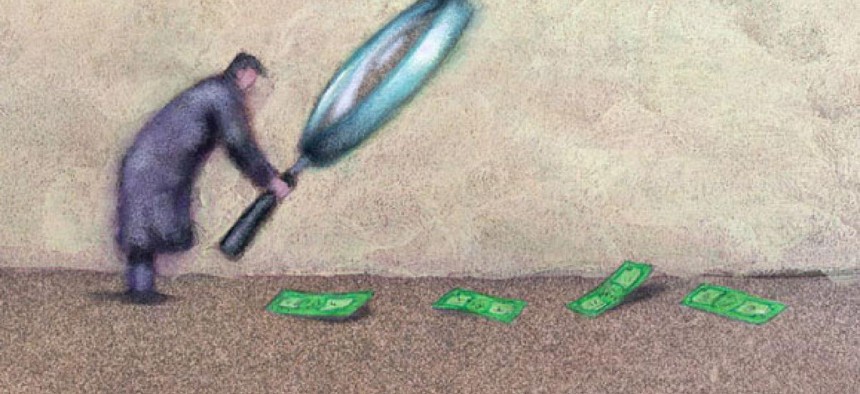GDP report suggests fiscal cliff, global growth concerns
Report suggests tepid growth will hurt economy.
Business investment fell in the last three months, suggesting but not confirming that concerns over global growth and the impending fiscal cliff have weighed on businesses’ spending decisions.
The Commerce Department reported Friday that overall Gross Domestic Product picked up in the third quarter, rising at an annual rate of 2 percent, up from 1.3 percent in the second quarter. But business investment, which has been a solid contributor to GDP throughout the recovery, contracted 1.3 percent despite other signs of economic strength in the report.
“It seems a little bit out of sync with the rest of the economy,” Josh Feinman, global chief economist of DB Advisors, said of business investment.
Analysts at Capital Economics posited in a research note that the slowdown may suggest “that more businesses are putting projects on hold ahead of the fiscal cliff,” a potentially damaging combination of tax hikes and spending cuts that are set to kick in at the end of the year if Congress fails to act.
It could also reflect broader concerns about the global economy. Exports, another area that have helped boost economic growth throughout the recovery, also contracted in the third quarter. Net exports fell by 1.6 percent after rising by 5.3 percent during the previous period, the Commerce Department reported Friday.
Executives have voiced concerns over both the fiscal cliff and the global economy, and a recent Business Roundtable survey of CEOs found pessimism at a three-year high in the third quarter.
But it’s too soon to pin down just how much cliff pessimism versus global economic pessimism is translating into decisions to hold off on business investments, the economists say. “We won’t have a real verdict on that until the next year,” said Feinman, referring to the extent to which the cliff has been a drag on growth. If a fiscal agreement is reached by the end of the year and the cliff averted, but business investment remains down, that will suggest a much larger contribution from global concerns to its contraction.
Overall, the report painted a picture of tepid growth, although it contained several bright spots.
The 2 percent increase in GDP was primarily driven by a surge in government spending, a number more than one economist described in interviews with National Journal as “lumpy” and volatile. Quarterly jumps in government spending are difficult to interpret, they said, citing factors ranging from a pickup in spending in the last quarter of the fiscal year, which ends on Sept. 30, to a surge in delivery of orders.
But there were some signs of underlying strength in the areas of housing and consumer spending, and the sharp contraction in state and local government spending continued to fade.
The lackluster--but not terrible--report, the second-to-last major economic release before Election Day, gave little new fodder to either presidential candidate.
“While we have more work to do, today’s GDP growth report, showing the 13th straight quarter of growth, is more evidence that our economy continues to come back from the worst recession since the Great Depression under President Obama’s leadership,” Obama campaign spokesman Adam Fetcher said in a statement.
“Today, we received the latest round of discouraging economic news: Last quarter, our economy grew at only two percent, less than half the 4.3% rate the White House projected after passing the stimulus bill,” Republican presidential candidate Mitt Romney said in a separate statement.
The last big economic news before the Nov. 6 election is the October employment report, which will be released next Friday.
NEXT STORY: Psychics call it for Obama







